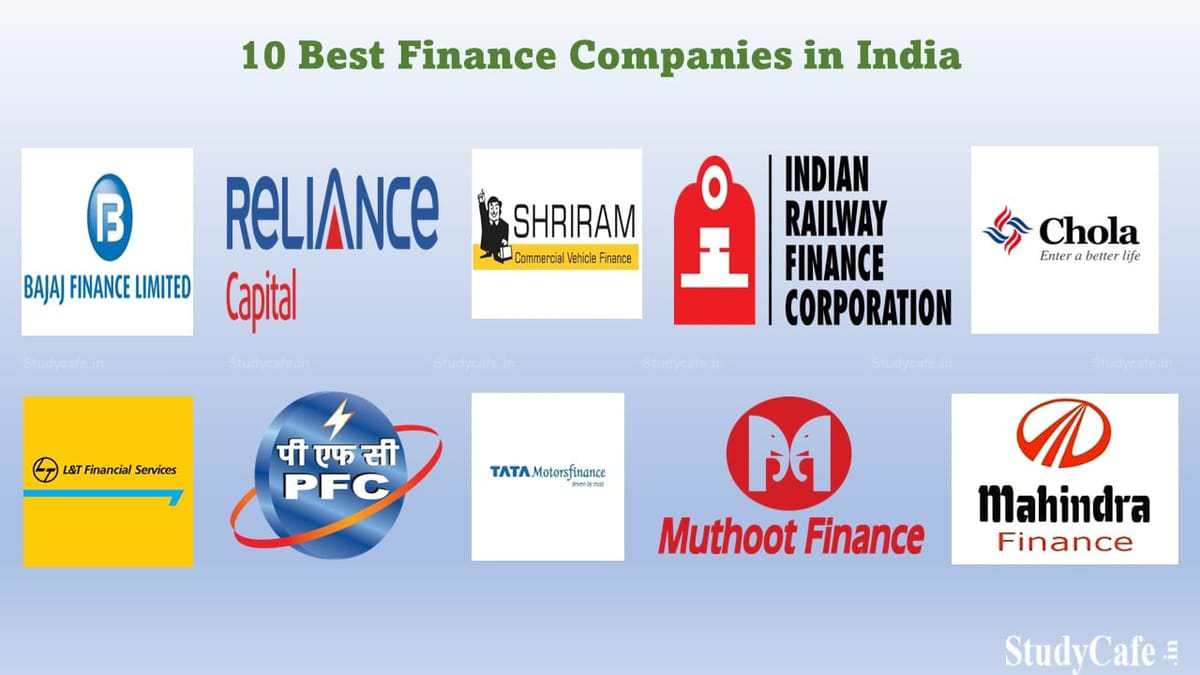This is the mind-blowing sarcophagus of Vizier Gemenefhorbak.
This is the mind-blowing sarcophagus of Vizier Gemenefhorbak, it dates from around the 6th century BC and is constructed out of meta-greywacke, a particularly hard type of sandstone.
(Meta means Metamorphism! Even the stone sarcophagus is in a state of transformation!)
Vizier Gemenefhorbak was known as the “Vizier of the North" and he held authority over all of lower Egypt; the Northern Kingdom that held the fertile Nile Delta.
(a Vizier is an official minister or high representative).
Gemenefhorbak was a major judicial official and one of his many titles carved in beautiful hieroglyphics on this wonderful sarcophagus is "Controller of the great courts."
This prestigious title is reinforced in the stonework of the sarcophagus itself, around the neck of the Egyptian judge we can see, just about, a necklace.
This necklace holds at its ends an effigy of the great Goddess Maat; the Goddess of Truth, Justice and Morality.
Maat was not only a name for the great Goddess; the term also stood for the principles themselves – Truth, Justice, law, morality, harmony and balance.
The symbol of Maat was the ostrich feather; in the ancient Egyptian book of the dead, it is the feather of Maat that the heart of the deceased is weighed against in the hall of judgement.
In the image we can see a winged scarab beetle at the heart centre of the personified sarcophagus. The effigy of Maat (truth) sits in-between the front legs of the sacred scarab symbolising the truth of regeneration and rebirth. (As death was seen as a rebirth).
The scarab beetle itself is a symbol of rebirth and creation. The Egyptian Deity Khepri was the scarab headed God of the morning sun. As the scarab rolled its ball of dung in nature, so Khepri was seen to roll the Solar orb along its daily journey across the sky.
The location of the winged scarab at the heart centre is no accident.
The heart was seen as the central organ in ancient Egypt, they believed it held intelligence and memory. The heart was isolated and given great veneration during the mummification process and even received its own spells of protection for the after-life.
In anatomical allegory the heart centre is the catalyst for regeneration. It is the electromagnetic engine room of the body generating by far the greatest energy field of all the human organs.
The scarab is depicted at the heart centre of the sarcophagus because it represents rebirth and creation, like the rebirth of the sun each morning, and the rebirth of the spirit or soul after death.
But, if the heart centre held such importance in death what about in life?
The scarab is depicted at the heart centre because it represents the sun, the solar orb, the life-giving golden rays. And, just as the sun envelopes our solar system in a life-giving solar bubble of electromagnetic protection, the human heart generates its own Taurus of protective and life-giving energy. (The same stuff that charges our cells).
And the heart centre does not only hold the heart, it also holds the pericardium; a sack of sacred fluid which encompasses the heart. It holds the Thymus gland too, the gland of protection and the gland of regeneration. (Immune system, endocrine system and lymphatic system).
The winged scarab beetle shows the power of regeneration and rebirth in both death and life!
Through the correct ancient practices, still practiced and well recorded today, it is possible to grow your own metaphorical wings; and take an energetic flight of regeneration.




Comments
Post a Comment